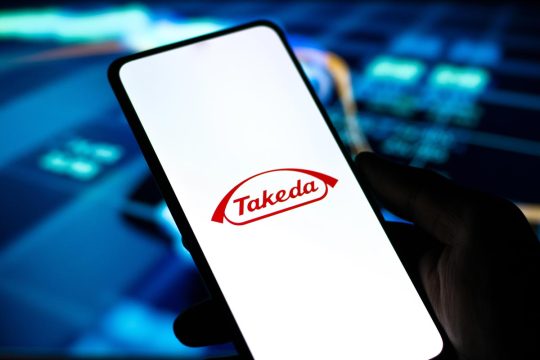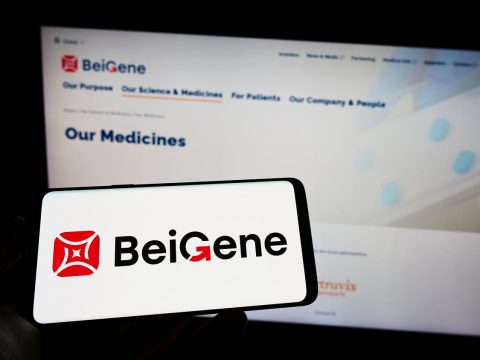Advertisment
Interim data from phase III HELP OLE study of Takhzyro shows efficacy in hereditary angioedema.- Takeda
Takeda Pharmaceutical announced findings from two new interim analyses of data from the Phase III HELP (Hereditary Angioedema Long-term Prophylaxis) Study Open-label Extension (OLE), suggesting Takhzyro (lanadelumab) is well-tolerated and can prevent hereditary angioedema (HAE) attacks over an extended treatment period, with sustained and consistent reduction in monthly attack rate across a range of different patient subgroups. Results from the HELP Study OLE showed that the safety profile of Takhzyro was consistent with the original findings from the HELP Study, with treatment-related treatment emergent adverse events (TEAEs) occurring in 50% of patients (n=106).
In addition, data from the HELP Study OLE showed that the efficacy of Takhzyro 300 mg administered subcutaneously every two weeks in rollover patients was consistent with the original findings from the HELP Study. A sustained reduction in attack rate was observed in this group, with numerically lower mean monthly attack rates of 0.18 (n=25) during the extended treatment period of the HELP Study OLE and 0.26 (n=25) at the end of the HELP Study. The efficacy profile of non-rollover patients was similar to efficacy in rollover patients with two years of cumulative study experience in the HELP Study and HELP Study OLE. The median attack rate reduction was consistent across all subgroups, including patient sex, race, HAE type, age, BMI, history of prophylaxis use, history of laryngeal attacks, and baseline attack rate.
In the study TEAEs occurred in ~95% of patients (N=212) and were mostly mild or moderate in severity. The TEAEs related to treatment that were reported in more than 5% of patients are injection site pain (33.9% of rollover patients [n=37] and 42.7% of non-rollover patients [n=44]), injection site erythema (11.9% of rollover patients [n=13] and 15.5% of non-rollover patients [n=16]) and injection site bruising (4.6% of rollover patients [n=5] and 9.7% of non-rollover patients [n=10]). The data are being presented at the 2020 European Academy of Allergy and Clinical Immunology (EAACI) Digital Congress.





